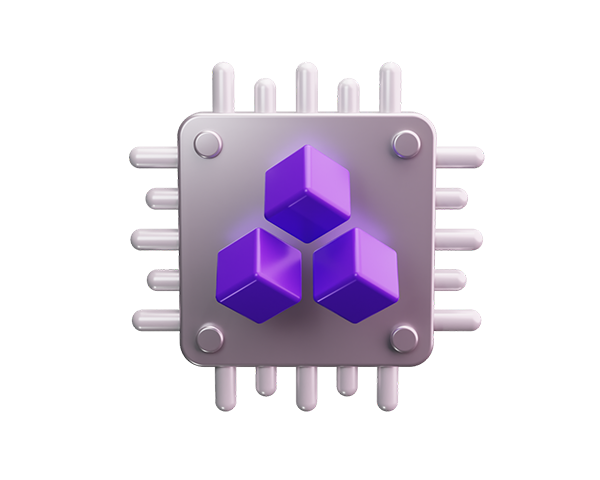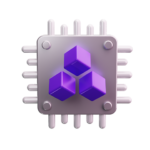Adapting TOGAF Principles to a Fast-Paced World
In today’s fast-paced and ever-evolving digital landscape, businesses face constant pressure to innovate and adapt. As organizations strive to stay ahead of the curve, the ability to effectively manage change becomes a critical factor in their success. The TOGAF (The Open Group Architecture Framework) provides a comprehensive approach to enterprise architecture, but how can its principles be adapted to meet the demands of a rapidly changing world? This blog explores how businesses can embrace change by applying and evolving TOGAF principles.
Understanding TOGAF
TOGAF is a well-established framework used to develop, manage, and govern enterprise architectures. It offers a systematic approach for designing, planning, implementing, and governing an enterprise information architecture. TOGAF’s core components include the Architecture Development Method (ADM), the Enterprise Continuum, and the Architecture Content Framework. These elements collectively guide organizations in creating a robust and flexible architecture that aligns with their strategic goals.
The Need for Adaptability
The traditional approach to enterprise architecture often emphasized stability and long-term planning. However, in a world where technological advancements and market conditions can change overnight, a rigid architecture can become a hindrance. To stay competitive, businesses must embrace adaptability and agility, ensuring their architectures can quickly respond to new opportunities and challenges.
Adapting TOGAF Principles
- Emphasize Agile Methodologies:
- Traditional Approach: TOGAF’s ADM typically involves a sequential, phase-based process.
- Adapting for Agility: Integrate agile methodologies within the ADM to allow for iterative development and continuous feedback. This approach enables organizations to incrementally develop their architecture, making it easier to adapt to changes and improve progressively.
- Incorporate Continuous Integration and Continuous Delivery (CI/CD):
- Traditional Approach: Long development cycles with extensive planning and testing phases.
- Adapting for Speed: Adopt CI/CD practices to automate and streamline the development, testing, and deployment processes. This helps in delivering new features and updates rapidly while maintaining the integrity of the architecture.
- Leverage Microservices Architecture:
- Traditional Approach: Monolithic systems that can be difficult to modify and scale.
- Adapting for Flexibility: Transition to a microservices architecture where applications are composed of loosely coupled services. This allows individual components to be updated or replaced without impacting the entire system, enhancing flexibility and scalability.
- Adopt a DevOps Culture:
- Traditional Approach: Siloed development and operations teams.
- Adapting for Collaboration: Foster a DevOps culture that promotes collaboration between development and operations teams. This cultural shift helps in achieving faster deployment cycles, higher quality outputs, and better alignment with business objectives.
- Enhance Real-Time Data Processing:
- Traditional Approach: Batch processing and periodic data analysis.
- Adapting for Real-Time Insights: Implement real-time data processing and analytics to make informed decisions quickly. Leveraging technologies like stream processing and in-memory databases can provide immediate insights, crucial for responding to fast-changing environments.
- Focus on Customer-Centric Architecture:
- Traditional Approach: Internally focused architectural decisions.
- Adapting for Customer Focus: Prioritize customer experience by designing architectures that are responsive to customer needs and feedback. Implementing user-centered design principles and gathering continuous feedback can ensure the architecture evolves to meet customer expectations.
Overcoming Challenges
Adapting TOGAF principles to a fast-paced world is not without challenges. Resistance to change, legacy systems, and the need for new skills are common obstacles. To overcome these, organizations should:
- Promote a Culture of Innovation: Encourage an environment where experimentation and learning from failures are valued.
- Invest in Training and Development: Equip teams with the necessary skills to adopt new technologies and methodologies.
- Modernize Legacy Systems: Gradually replace or update legacy systems to be more compatible with modern, flexible architectures.
Conclusion
In a rapidly changing world, the ability to adapt and respond to new challenges and opportunities is paramount. By evolving TOGAF principles to embrace agility, flexibility, and customer-centricity, organizations can create architectures that not only withstand the test of time but also drive innovation and growth. Embracing change is no longer an option but a necessity for businesses aiming to thrive in today’s dynamic environment. With the right mindset and strategic adjustments, TOGAF can continue to be a powerful framework guiding organizations toward sustainable success.


